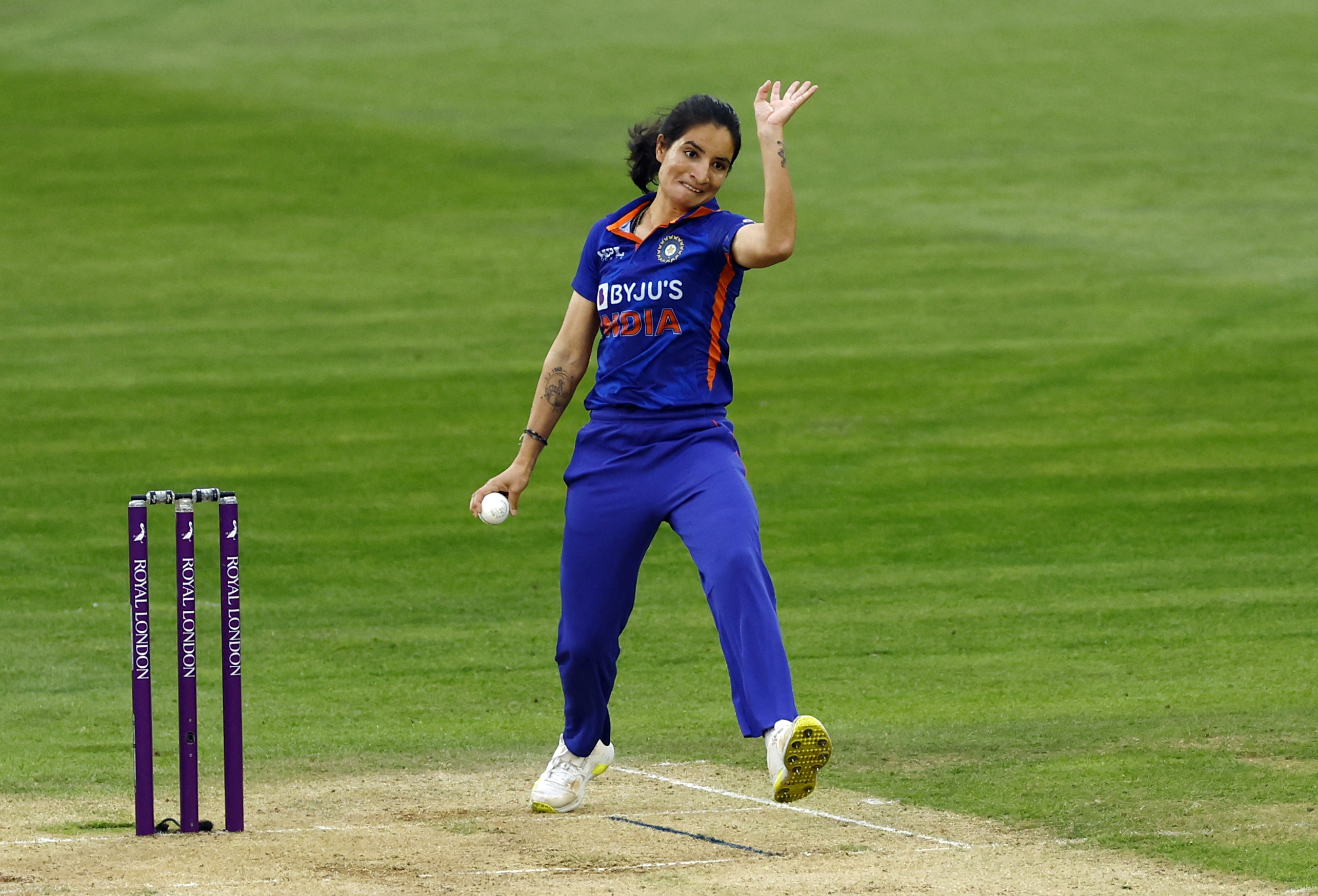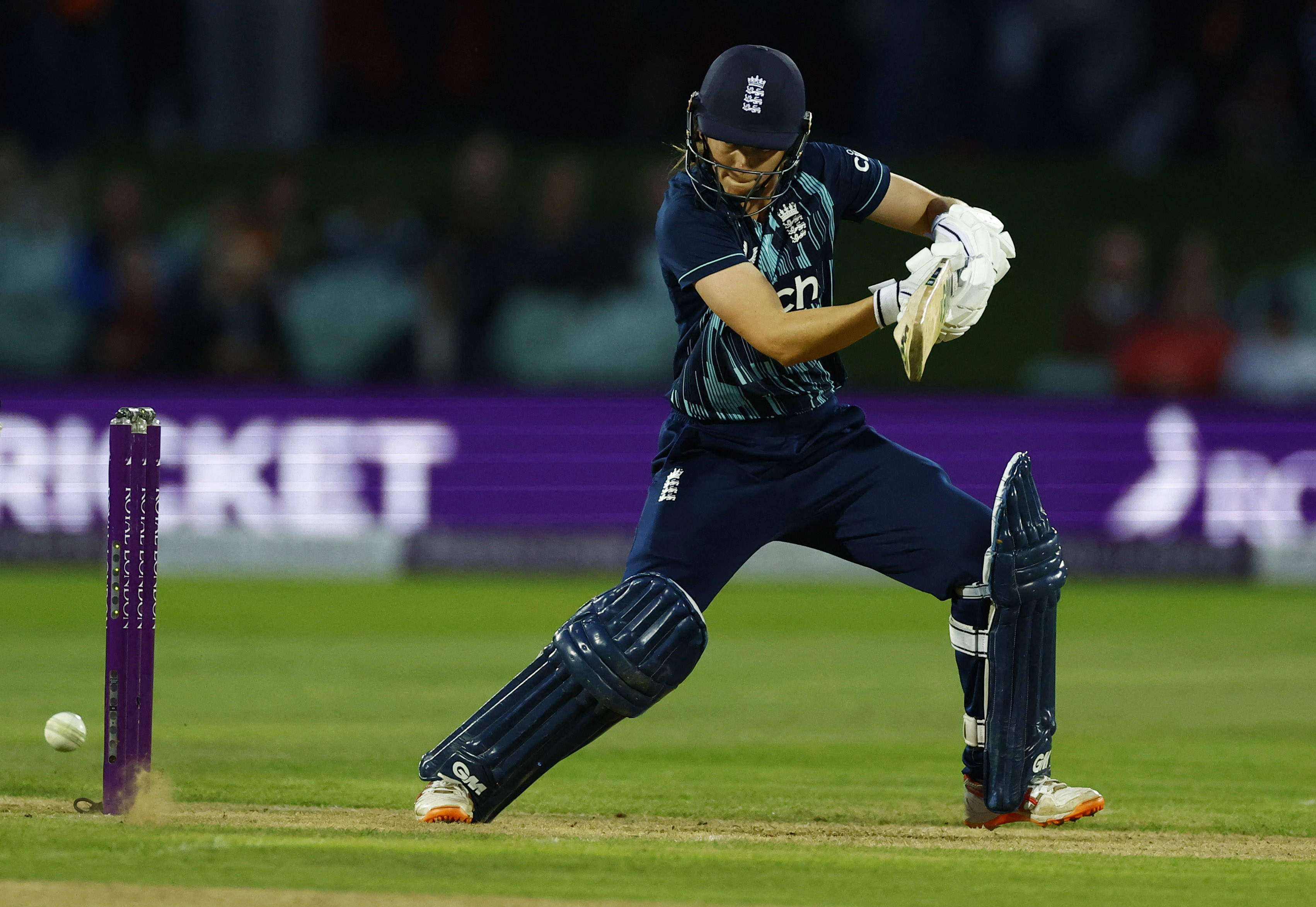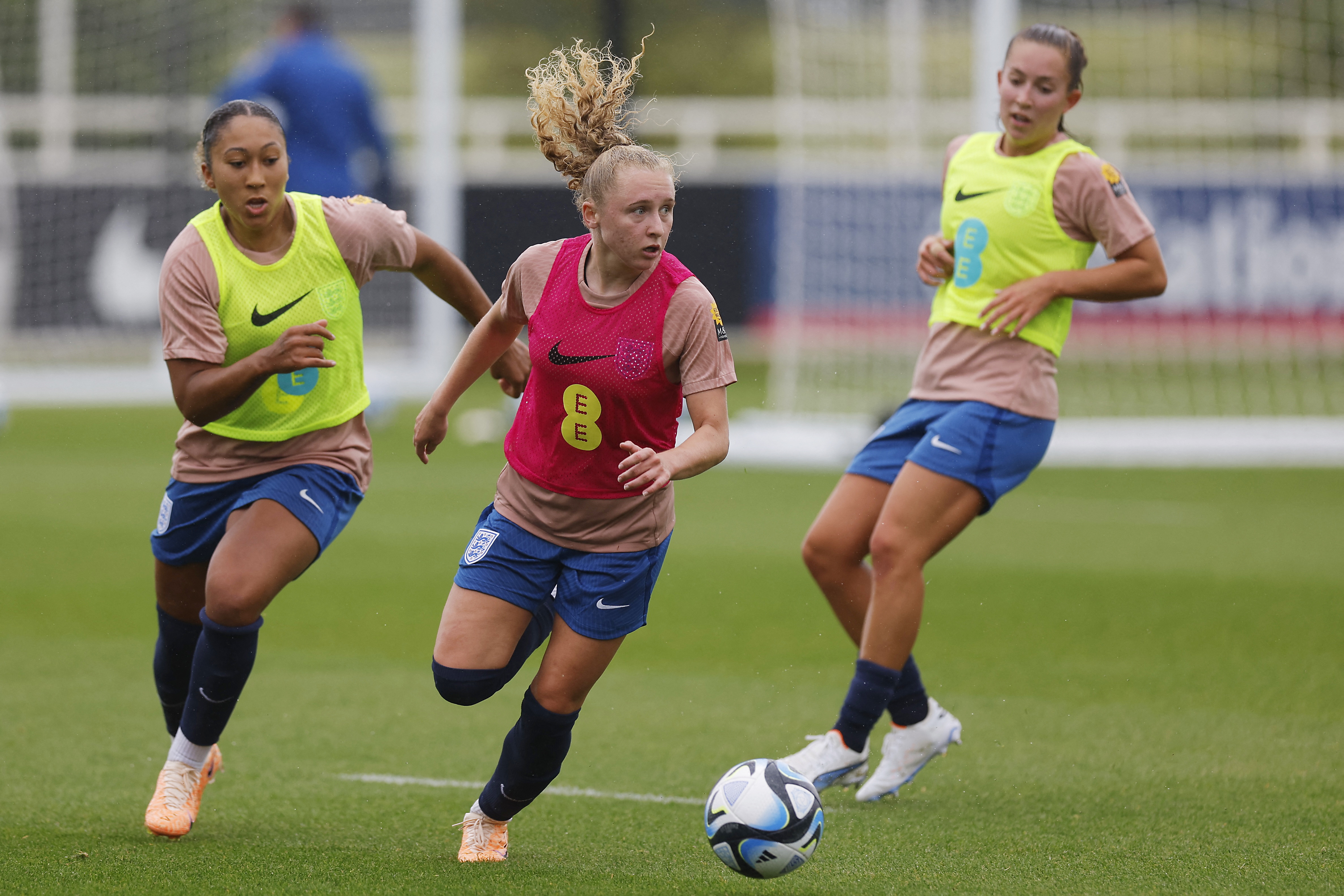You are viewing 1 of your 1 free articles
Sleeping sporting beauties: Part II – optimizing recovery and sleep

Optimizing sleep in female athletes
The average person requires approximately 7-9 hours of sleep per night to promote wellbeing and reduce morbidity and mortality(1). However, due to the demands of the sport, athletes may require more sleep. The athlete's sleep paradox remains a challenge for clinicians, athletes, and trainers as approximately 50-78% of elite athletes report sleep disturbance(2).Sleep deprivation may lead to numerous medical conditions such as metabolic disease, impaired immune function, depression, and anxiety(3,4). The 'training-stress balance' is key to performance. Sleep disturbance alters the metabolic response to training through impaired glucose sensitivity, energy intake, and protein synthesis(5).
Sleep deprivation is a multifactorial issue resulting from both sport and non-sport factors. Habitual sleep duration of fewer than seven hours, sleep dissatisfaction, and daytime fatigue characterize sleep deprivation(2,3). In addition, training after 18:00 and before 08:00 disturbs the circadian rhythm; one hour of exercise within this window can induce a 30-minute shift (6). An earlier bedtime the night prior does not offset the reduction in sleep quality and quantity(7). Additionally, electronic device usage in the evening disrupts melatonin production and disturbs the natural circadian rhythm(8).
Sleep stages
The circadian rhythm is a natural 24-hour cycle that maintains homeostasis by driving processes such as digestive activity, body temperature, hormone levels, immune function, alertness, and sleep. The circadian rhythm rises in the early morning, promoting waking and attention, and peaks in the early evening. After approximately 14-16 hours awake and the onset of darkness, the circadian rhythm drops, and the hormone melatonin is released to initiate sleep (see figure 1)(9).To battle sleep deprivation, athletes may seek supplements. Dietary caffeine comes from coffee, tea, and chocolate and stimulates arousal(12). However, over-consumption leads to increased sleep latency, reduced sleep duration, efficiency, and quality(13). The dosage and timing of caffeine consumption should therefore be reasonable and individualized.
____________________________________________________
Sleep extension
Sleep extension is purposeful daytime napping to increase alertness, concentration, performance, and mood(14). Strategic napping may be in anticipation of replacing lost sleep, e.g., travel, competition, or training schedules, and supplementing sufficient sleep during periods of increased training frequency(14). Sleep 'banking' through napping before competition improves motor performance(4).Short naps of 10-30 minutes restore alertness and improve performance metrics such as sprint time, accuracy, reaction times, and time to exhaustion(4). Short naps are transient and do not disturb the circadian rhythm. Clinicians should advise athletes to avoid naps between 45-60 minutes as this disturbs a sleep cycle and creates grogginess and reduced performance upon waking. If longer is required, it is suggested athletes aim for 90 minutes to complete an entire sleep cycle and wake refreshed. Researchers at Stanford University demonstrated that the strategic implementation of naps into an athlete's weekly schedule to achieve 10 hours of sleep per day over five to seven weeks resulted in improved reaction and sprint times, throwing accuracy, and mood(15).
Sleep pressure, the homeostatic sleep drive, builds as the time awake increases. It typically onsets around 15:00 when your circadian rhythm detects a long awake time and core body temperature drops. Napping after lunch, however, is beneficial for relieving sleep pressure and avoiding consequences to nighttime sleep.
Female-specific sleep strategies
- Menstruation
- Sleep diary to track MC and sleep disturbances
- Pain management
- Good overnight sanitary protection
- Wear breathable, comfortable clothing
- Bedside water to manage the rise in body temperature
- Pregnancy
- Bedside water to manage the rise in body temperature
- Breathing techniques to manage leg cramps
- Sleep in a comfortable position using pillows for support, g., side-lying with hips and knees bent
- Avoid rich foods and eating near bedtime
- Avoid screen time if you wake during the night
- Menopause
- Use breathable clothing and bed covers
- Air conditioning or fan to regulate room temperature
- Cool bedside water to manage the rise in body temperature
- Avoid heavy, spicy, or acidic foods
- Identify coping strategies to manage negative thoughts as this impact's cognitive arousal before and during sleep
- Consult with a medical professional if symptoms are not manageable
____________________________________________________
Summary
Athletes are at high risk of sleep disturbance due to multiple factors. Female athletes are further at risk due to the physiology of the MC, pregnancy, and menopause. Sleep deprivation extensively affects health and performance. Clinicians need to be aware of the health factors that are specific to female athletes. The design of training programs, competition schedules, and recovery strategies should be specific to the athlete's needs, specifically during periods of menstruation, pregnancy, and menopause.References
- The Sleep Foundation [www.sleepfoundation.org/articles/infographic-sleep-and-your-period]. Accessed Sep 2021.
- Sports Med. 2017;47:1317–33.
- Br J Sports Med. 2021; 55:356-368.
- Int J Sports Med. 2019; 40(8):535-543.
- Best Pract Res Clin Endocrinol Metab. 2010; 24: 687–702
- J Physiol. 2019; 597: 2253–2268
- Eur J Sport Sci. 2014;14:S310–5.
- Proc Natl Acad Sci USA. 2015; 112: 1232–1237
- Sleep Council. [sleepcouncil.org.uk]. Accessed Sep 2021
- Sleep. 2004;27:1255–73.
- Current Sleep Medicine Reports. 2016; 2:206–217.
- 2015;349:1289.
- Sleep Med Rev. 2017;31:70–8.
- J Sleep Res. 2009;18:272–81.
- Sleep. 2011;34:943–50.
Related Files
Newsletter Sign Up
Subscriber Testimonials
Dr. Alexandra Fandetti-Robin, Back & Body Chiropractic
Elspeth Cowell MSCh DpodM SRCh HCPC reg
William Hunter, Nuffield Health
Newsletter Sign Up
Coaches Testimonials
Dr. Alexandra Fandetti-Robin, Back & Body Chiropractic
Elspeth Cowell MSCh DpodM SRCh HCPC reg
William Hunter, Nuffield Health
Be at the leading edge of sports injury management
Our international team of qualified experts (see above) spend hours poring over scores of technical journals and medical papers that even the most interested professionals don't have time to read.
For 17 years, we've helped hard-working physiotherapists and sports professionals like you, overwhelmed by the vast amount of new research, bring science to their treatment. Sports Injury Bulletin is the ideal resource for practitioners too busy to cull through all the monthly journals to find meaningful and applicable studies.
*includes 3 coaching manuals
Get Inspired
All the latest techniques and approaches
Sports Injury Bulletin brings together a worldwide panel of experts – including physiotherapists, doctors, researchers and sports scientists. Together we deliver everything you need to help your clients avoid – or recover as quickly as possible from – injuries.
We strip away the scientific jargon and deliver you easy-to-follow training exercises, nutrition tips, psychological strategies and recovery programmes and exercises in plain English.










